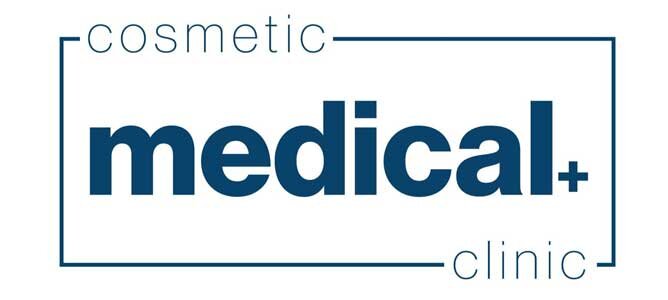
PRP Injections
what is a prp treatment
A PRP (Platelet Rich Plasma) treatment is used to stimulate the healing of bone and soft tissue to aid in conditions from nerve and soft tissue injuries at our St. Albert clinic. PRP injections is used to treat conditions such as nerve injury, osteoarthritis, bursitis and more (see below).
how it works
PRP is derived from a sample of your own blood, which has been centrifuged. The red blood cells and platelet poor cells are separated from the rich cells with growth factors and cytokines.
These stimulate healing of bone and soft tissue. Concentrated PRP contains:
Platelet derived growth factor
Fibroblast growth factor
Insulin-like growth factor 1 and 2
Vascular growth factor
Epidermal growth factor
Keratin and connective growth factor
Interleukin 8
the benefits of prp
PRP is used to treat conditions such as:
Nerve injury
Bone repair
Tendonitis
Osteoarthritis
Soft tissue injury
Sports injuries
Ligament injuries
Bursitis
Cosmetic skin rejuvenation
Hair thinning treatments

what to expect
Frequency of Treatment
Response to PRP treatment may vary from person to person. For simple injuries, one PRP injection may be effective. More chronic conditions may require more than one treatment. You and the doctor will discuss a care plan together.
Effectiveness of PRP
PRP has shown promising results in early trials. Negative clinical results are often associated with inadequate spin and capture devices. PRP has been used extensively in sports medicine and has promising results. It is also being used in the cosmetic area of practice.
PRP for Special Medical Conditions
Please alert your doctor or medical staff if you have a low platelet count or have received:
Blood thinners
Anti-inflammatories
Non-steroidal anti-inflammatories (NSAIDs) within 2 weeks of the procedure
A steroid injection
How is my PRP prepared?
After drawing off a small amount of blood from your arm, the blood sample is spun in a centrifuge in our office. We use a sterile, single-use device, which is specially designed for PRP separation. The device is free of contamination and uses biocompatible material.
After spinning off the red cells and separating them from the platelet poor cells, the doctor or nurse draw up the plasma with large amounts of growth factors for re-injection into the area that is to be treated.
Post-Treatment Recovery
When recovering from PRP treatment, you will need to modify daily activity for 24-48 hours. If you're experiencing pain, you may intermittently use Tylenol® and ice. Aleve® may be used one month after injection. Remember not to use NSAIDs (like Aspirin® or Advil®).

ready to take the next steps?
If you’re interested in PRP, please book a consultation at our clinic.










